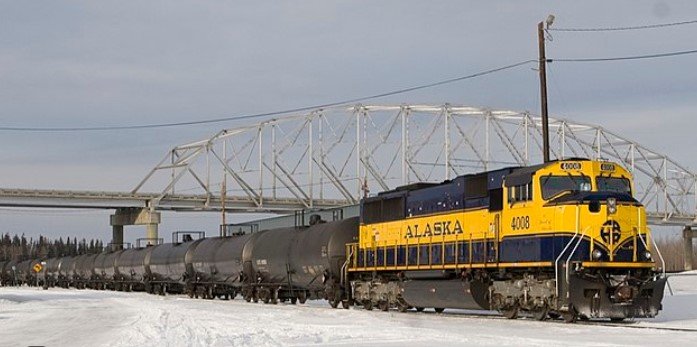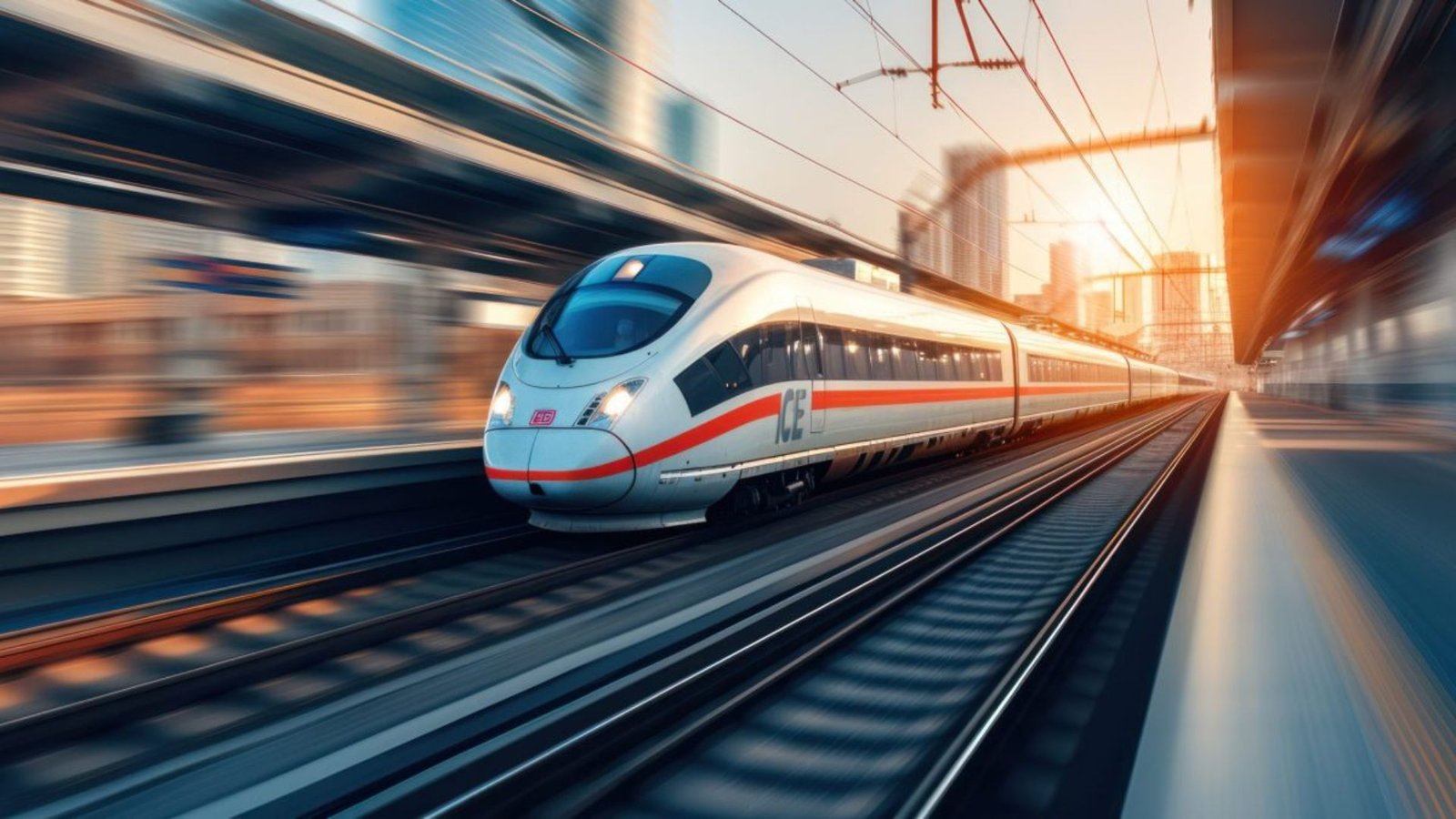Rail travel has long been a popular mode of transportation, particularly for long-distance journeys and daily commutes. However, in the modern world, travelers have more options than ever before, with air and road transport becoming increasingly dominant. While each form of transport has its own set of benefits, they also come with their own set of challenges. In this post, we will compare rail travel to air and road transport in terms of convenience, environmental impact, cost, and comfort.

Rail Travel vs. Air Travel
When it comes to long-distance travel, air travel often offers the fastest option. Planes can cover vast distances in a fraction of the time it would take by train. This makes flying an attractive choice for international and cross-country journeys. However, rail travel can sometimes provide a more relaxed and scenic experience, especially on scenic train routes or luxury trains that offer comfortable amenities.
The major advantage of air travel is its speed, but it comes at the cost of convenience. Airports can be stressful and time-consuming, with long security lines, baggage checks, and delays. Additionally, flying often requires reaching the airport well in advance, making the total travel time much longer than initially expected. Rail stations, on the other hand, tend to be more accessible, located closer to city centers, and require fewer security checks, making boarding quicker and easier.
Another major consideration is environmental impact. Air travel is far more carbon-intensive than rail travel. Planes release significantly more greenhouse gases per passenger compared to trains, making rail a more sustainable choice for those concerned about their carbon footprint. As the push for eco-friendly travel increases, many people are turning to trains as a greener option.
Rail Travel vs. Road Travel
When comparing rail travel to road transport, several factors come into play. One of the key differences is the comfort and space that trains offer compared to buses and cars. On a train, passengers typically have more legroom, the ability to move around, and the option to walk to a dining car or restroom. In contrast, long road trips, whether by bus or car, can be cramped, uncomfortable, and tiring, particularly for extended journeys.
From a cost perspective, rail travel can be more expensive than road transport, especially when considering the price of car rentals, fuel, and tolls. However, for solo travelers or families, taking the train may still be more affordable than flying, especially when you factor in the time spent getting to and from airports and the added costs of baggage fees.
On the other hand, road travel offers unmatched flexibility. You can stop whenever you need, take detours to explore different locations, and travel directly from your starting point to your destination without worrying about timetables or stops along the way. Rail travel is more rigid in terms of schedule, with trains operating according to specific routes and times. While many train routes offer scenic views, road travel can also provide a sense of adventure and spontaneity.
Environmental Impact: Rail, Air, and Road Transport
Environmental sustainability is an increasingly important factor for many travelers. Rail travel stands out for its low environmental impact. Trains are energy-efficient, especially when powered by electricity or renewable energy sources, producing far fewer carbon emissions than planes or cars. Air travel, especially long-haul flights, has the highest carbon footprint among all modes of transport.
Road transport also contributes significantly to greenhouse gas emissions, particularly with the widespread use of fossil fuel-powered vehicles. While electric cars and hybrid vehicles are helping reduce emissions, road transport remains a less sustainable option compared to rail. With concerns over climate change on the rise, many travelers are opting for trains as a more eco-friendly choice.
Governments and transportation authorities are focusing on expanding electric rail networks and improving train technologies to further reduce the environmental impact of rail travel. Meanwhile, the aviation industry is investing in more fuel-efficient planes and exploring alternative fuels, but rail still has a clear edge when it comes to sustainability.
Convenience and Accessibility
Convenience and accessibility can heavily influence travel choices. Rail stations are generally located in city centers, making them easier to access than airports, which are often situated far from urban areas. Train stations also offer the benefit of fewer security measures, resulting in quicker boarding and a more straightforward check-in process. Furthermore, trains have fewer restrictions on baggage, making them more convenient for those carrying larger items or traveling with children.
Airports and road travel also have their advantages. Airports, for instance, serve a vast network of destinations and offer frequent flights. On the other hand, road transport gives you the flexibility to drive anywhere, without the need for a station or airport. However, road travel can often be delayed due to traffic, weather, or accidents, making it less predictable than rail or air travel.
Discover the Best in Online Gaming
RailChat is your go-to platform for connecting with fellow rail enthusiasts. For an exciting change of pace, dive into a wide range of online games, including stellarspins casino games for an unforgettable casino experience. Enjoy your gaming adventure today!
Conclusion
In conclusion, each mode of transportation has its own set of benefits and drawbacks. Rail travel excels in terms of comfort, environmental sustainability, and convenience, especially for medium to long-distance journeys. Air travel is the fastest option, but it comes with added stress, longer travel times due to airport procedures, and a higher carbon footprint. Road transport offers flexibility, but it can be uncomfortable and less reliable, especially over long distances.
Ultimately, the best mode of transport depends on the individual’s needs and preferences, as well as the specific journey being undertaken. As rail systems continue to modernize and become more efficient, rail travel will remain a compelling option for many travelers looking to balance convenience, comfort, and environmental responsibility.




